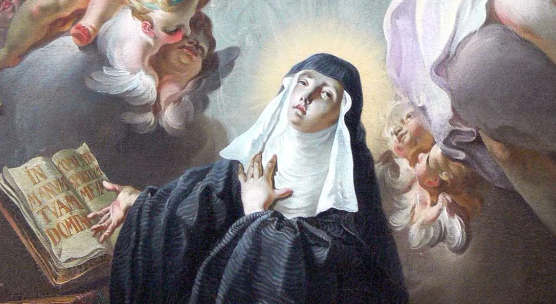Saint Scholastica and Women in Monastic Life
Saint Scholastica is a pivotal figure in the history of monasticism, particularly concerning women in religious life. As the twin sister of Saint Benedict, she played a crucial role in shaping monastic practices for women and demonstrating their significant contributions to spiritual communities. This article explores her life, the evolution of women’s monasticism, and the impact of her legacy.
The Life of Saint Scholastica
Born around 480 AD in Nursia, Italy, Saint Scholastica dedicated her life to God from a young age. Following her brother Benedict’s establishment of monastic rules for men, she founded her own monastic community at Plombariola, where women could live according to similar principles. Scholastica’s devotion and leadership showed that women could lead spiritual lives just as profoundly as men. Her well-documented conversations with Benedict illustrated the depth of their relationship and, by extension, the balance of spiritual and intellectual discourse in monastic settings.
The Growth of Women’s Monastic Communities
Saint Scholastica’s influence paved the way for the development of women’s monastic communities throughout medieval Europe. The Rule of Saint Benedict, which focused on communal living, prayer, and work, was adapted to serve women’s needs. Throughout the centuries, various orders emerged, from the Benedictines to the Cistercians, offering women avenues for education, leadership, and spiritual growth. These communities not only provided refuge but also became centers of learning and culture, elevating women’s roles in society and challenging societal norms about femininity and spirituality.
Challenges and Triumphs in Monastic Life
Despite the advances brought about by women like Saint Scholastica, monastic life for women has not been without challenges. Throughout history, female monastics often faced restrictions and societal prejudice. Many were denied the same resources and recognition as their male counterparts. However, women in monastic life have continually demonstrated resilience and adaptability. Their unwavering commitment to spirituality and community has led to profound impacts in theology, art, and education. Today, women continue to play vital roles in monastic communities, often leading initiatives focused on social justice, spirituality, and interfaith dialogue.
Conclusion
Saint Scholastica’s legacy is a reminder of the strength and importance of women in monastic life. Her life and the story of women in monasticism illuminate the rich tapestry of spiritual history that deserves recognition and appreciation. If you’re interested in learning more about this topic, consider exploring local monasteries or reading about contemporary women in religious life. There’s so much to discover and appreciate in this vital aspect of history!

